The term hard cheese refers to cheese whose ripening process is very long - from 2 to 8 months. Such are Swiss, Russian, Kostromskoy, Dutch, Poshekhonsky, Cheddar, Comte, Soviet, Gouda, Emmental, Cantal and Radamer cheeses.
There are several factors that attest to the durability and maturity of these cheeses. This is, first of all, the thickness of the crust. The thicker it is, the denser this cheese is and the longer it has ripened.
Hard, mature cheeses are easily cut into the thinnest pieces. They have many holes and for most of them it is their size that is the standard for the quality of the particular cheese. They are used in preparing salads and sprinkling dishes. Also, when sliced thinly, they are served as desserts, on toast with tea, coffee and other hot drinks.
High-density cheeses are divided into two types - pressed and pressed cooked. They differ in their taste. Therefore, when choosing cheese in the store, it is best to be familiar with the differences and types of hard cheeses.
Pressed cheeses include Edam, Gouda, Rebloijun, Pecorino, Cheddar and Cantal. They have a characteristic sharp taste and a strong aroma of a combination of garlic, soil and hazelnut. Pressed cooked cheeses include Beaufort, Emmental, Parmesan, Gruyère and Comte.
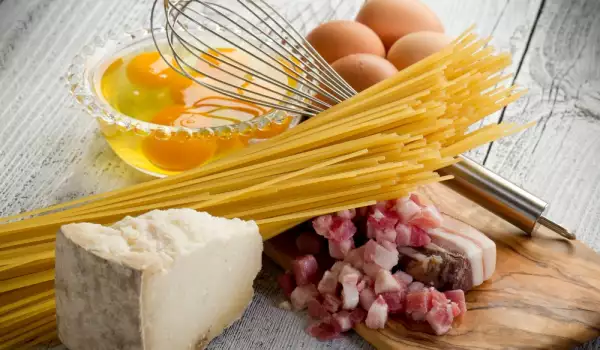
In culinary practice, there is a bit of controversy about which cheeses are hard. Some divide them into hard ones and ones for grating. Only four types are defined as hard - Cheshire, Gouda, Cheddar and Gruyère. Their cheese would be packed and moulded in the form of a smiling cat and Lewis Carroll named it the Cheshire Cat.
These cheeses mature between 2 months and a year. They are characterized by a dense consistency and slight dryness. They can be cut and grated. But Parmesan and Romano are defined as cheeses only for grating. They do not have such a thick consistency and fall apart when cut with a knife.
Recipes in which you can use the culinary qualities of hard cheeses are lasagna, Quattro Formaggi Pizza, roasted chicken, cannelloni and others.
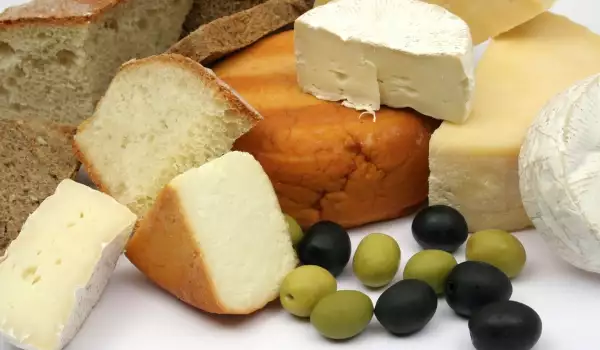






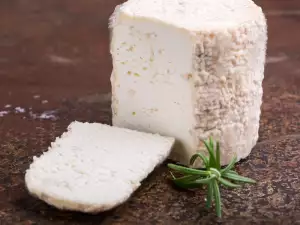



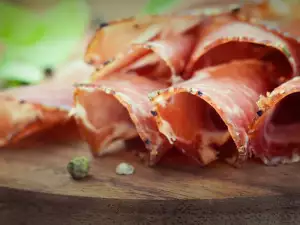


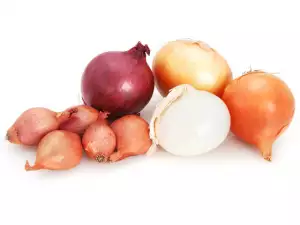





Comments